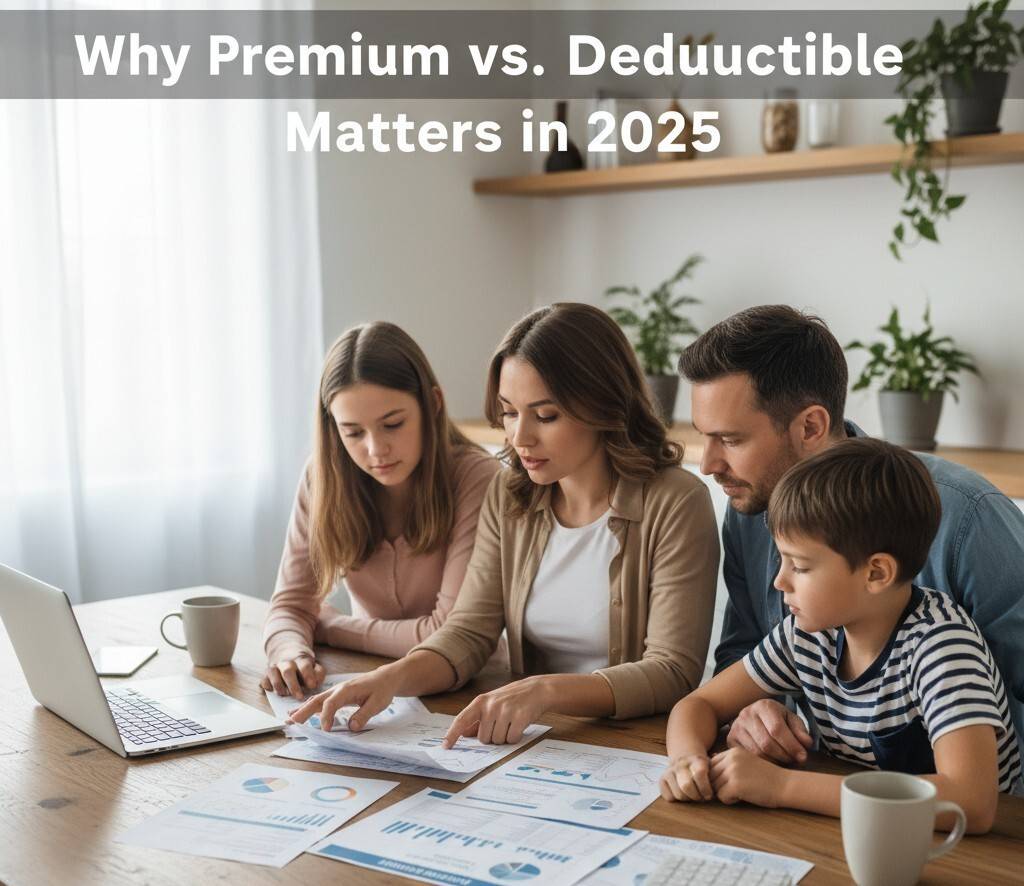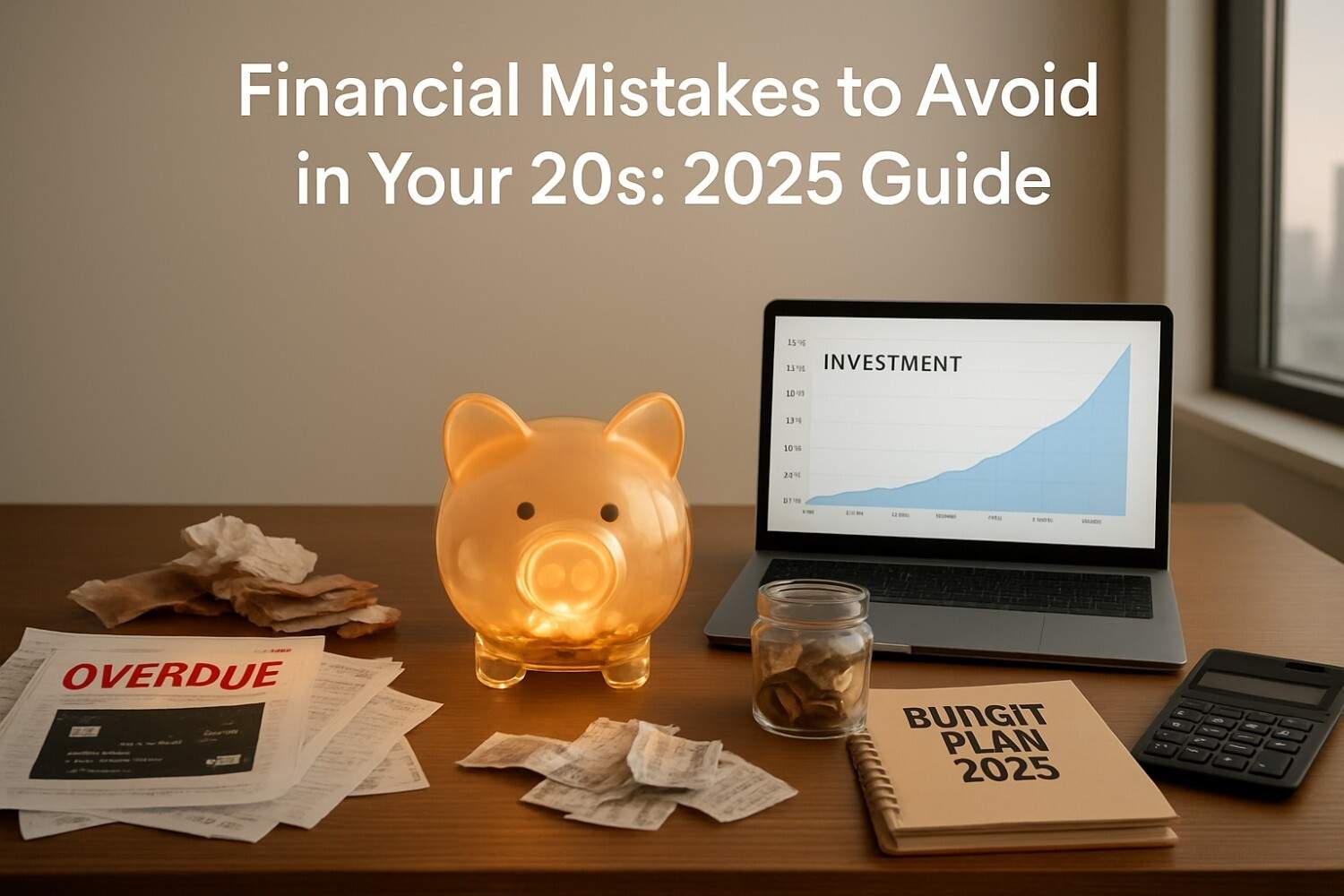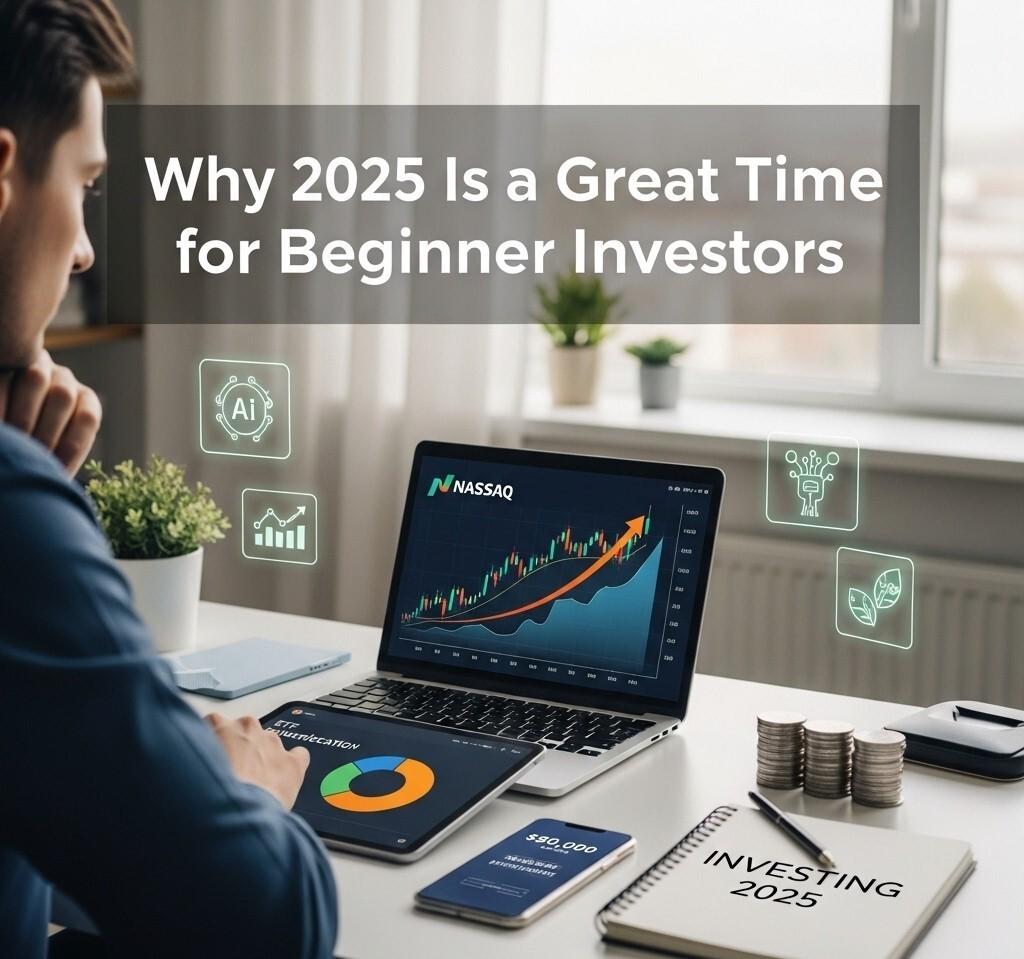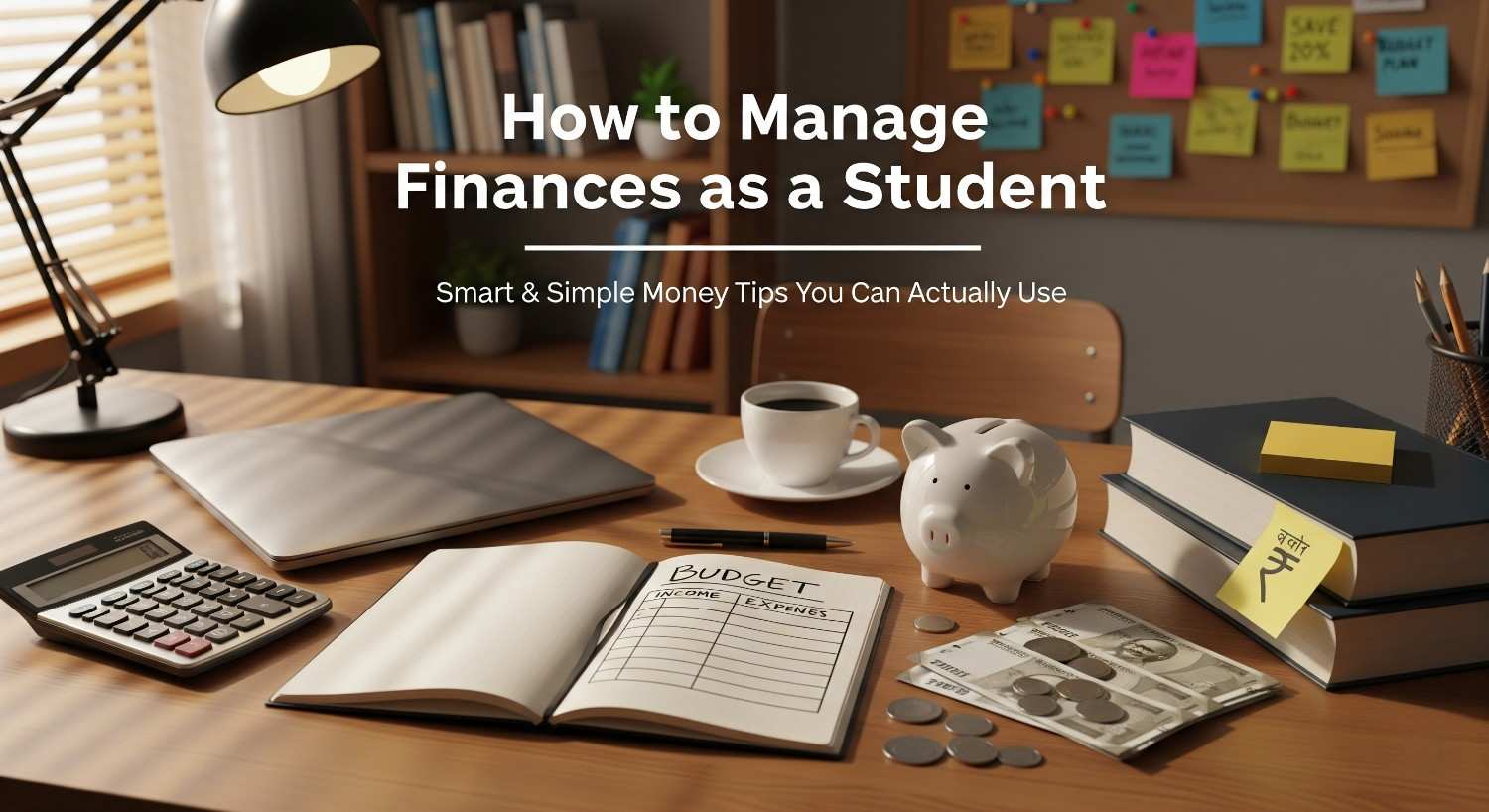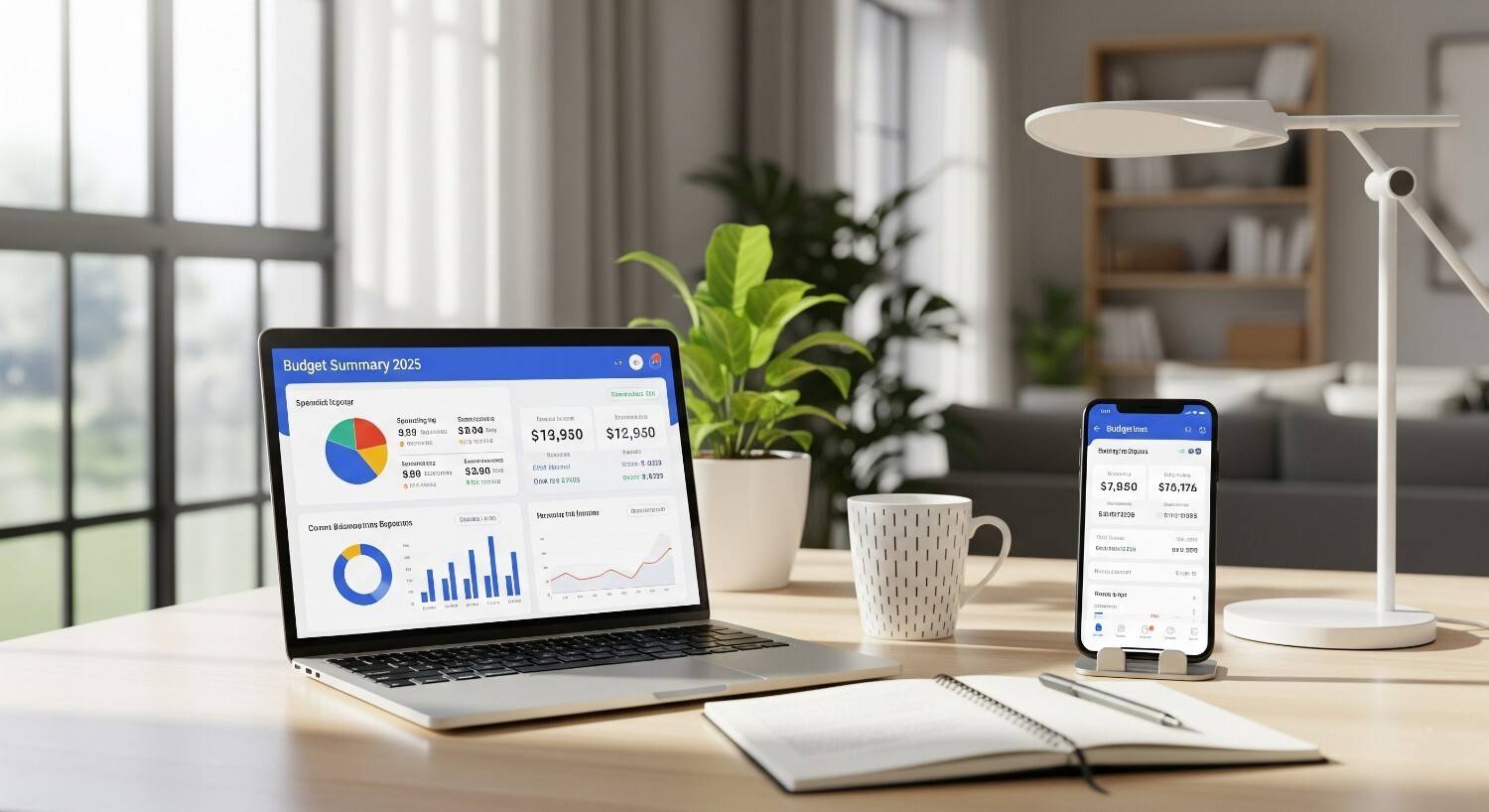Alright, let’s be real. If you’re even slightly curious about crypto, your head is probably spinning. One minute you see a headline about someone turning a thousand bucks into a life-changing fortune (lucky them). The next, you’re reading about a catastrophic crash that wiped people out. Your friends might be throwing around terms like “DeFi,” “airdrops,” and “Web3”, and you’re just nodding along, secretly wondering what on earth they’re talking about.
You’re not late. You’re actually right on time.
The crazy, wild-west days of crypto are calming down. What’s emerging in 2025 is something more serious, more structured, and honestly, far more interesting for people who want to build wealth sensibly. This isn’t about getting rich quick anymore; it’s about getting smart slowly. This guide is our chat. I’m not a guru, and I promise there’s no secret telegram group. I’m just someone who believes this technology is a big deal and wants to help you navigate it without losing your shirt. We’ll walk through this together, step-by-step.
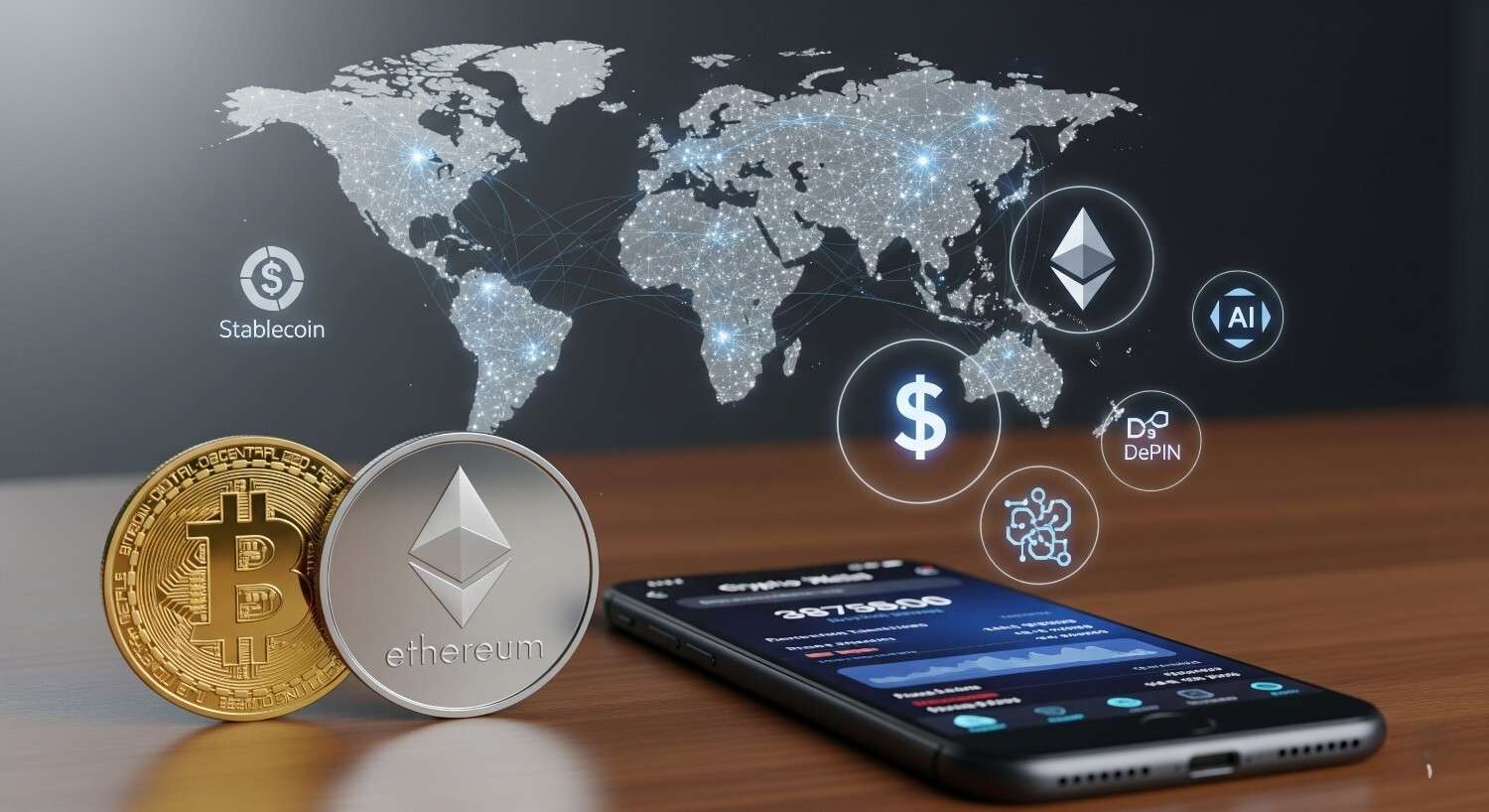
First Things First: Let's Demystify This Whole "Crypto" Thing
Before we talk about buying anything, we need to know what it is. Forget the complex jargon for a second.
Imagine a Google Sheet that everyone in the world can see and use, but no single person or company owns or controls. Every time someone sends money, it’s recorded as a new line on this sheet. This sheet is encrypted, so it’s super secure, and once a line is written, it can never be erased or changed. That, in a nutshell, is a blockchain. It’s a public ledger. And cryptocurrency is the digital money that moves on it. The magic is that it cuts out the middleman. You don’t need a bank to confirm you sent $50 to your friend. The network does it automatically, trustlessly, and usually for a smaller fee. That’s the revolutionary idea.
But Why Does It Have Any Value? It's Just Code!
This is the best question. A 100 note has value because the Reserve Bank of India guarantees it and we all collectively agree to trust that guarantee. Crypto flips that on its head.
Its value comes from a few places:
- Digital Scarcity: Like gold, there’s only so much of it. Bitcoin, for example, has a hard cap of 21 million coins. They can’t just print more. That scarcity creates value.
- It’s Useful: You need Ether (ETH) to power apps on the Ethereum network. It’s like gas for a car. The more people who want to use the apps, the more demand there is for the gas. Utility creates value.
- The Story: For many, it represents a new, decentralized financial system that’s open to anyone, anywhere. That belief and vision create immense value.
- And Yes, Speculation: People buy because they believe it will be worth more later. This drives the crazy volatility. It’s not the best reason, but it’s a very real one.
The Crypto World in 2025: It's Growing Up

Gone are the days when it was just Bitcoin and a bunch of meme coins. The space has matured. Here’s what you’re walking into:
While Bitcoin is the granddaddy—the “digital gold”—it’s now part of a huge ecosystem.
- Ethereum is like a decentralized global computer. People build all sorts of applications on it (these are called “dApps”).
- Stablecoins like USDC are crypto’s safe harbour. Their value is pegged to the US dollar, so they don’t swing wildly. They’re the on-ramp and off-ramp for most people.
. The New Kids on the Block: In 2025, a lot of excitement is around tokens that power real-world tech. Think AI coins that help create decentralized AI networks, or DePIN tokens that help build decentralized infrastructure for things like wireless networks or cloud computing. It’s getting tangible.
Big banks, hedge funds, and massive companies are now playing with crypto. They’re launching ETFs, offering it to their clients, and investing heavily. This is good news. It brings stability, liquidity, and, crucially, regulation. Governments are finally drawing up rules, which helps protect you from the outright scams that were everywhere a few years ago.
Your First Steps: Don't Just Jump In
I know the fear of missing out is real. But the most important investment you’ll make isn’t in a coin—it’s in your own understanding.
Ask yourself: Why am I doing this?
- Is it to put away a small amount for the long term, like a high-risk, high-reward savings plan?
- Or is it to speculate on cool new technology?
- This is the golden rule: Only ever invest money you are 100% okay with losing. I’m serious. The market can dive 30% in a day for no reason. If that thought makes you feel sick, you’re investing too much. This isn’t a savings account; it’s the frontier.
You can’t buy crypto at your local bank (yet). You need an exchange. Think of it like a crypto stock market.
For beginners in India, you want something simple, secure, and easy to use. CoinDCX, WazirX, and ZebPay are popular choices that let you deposit Indian Rupees easily. Do a quick check: are they secure? Do they have good customer support? What are their fees? Start there.
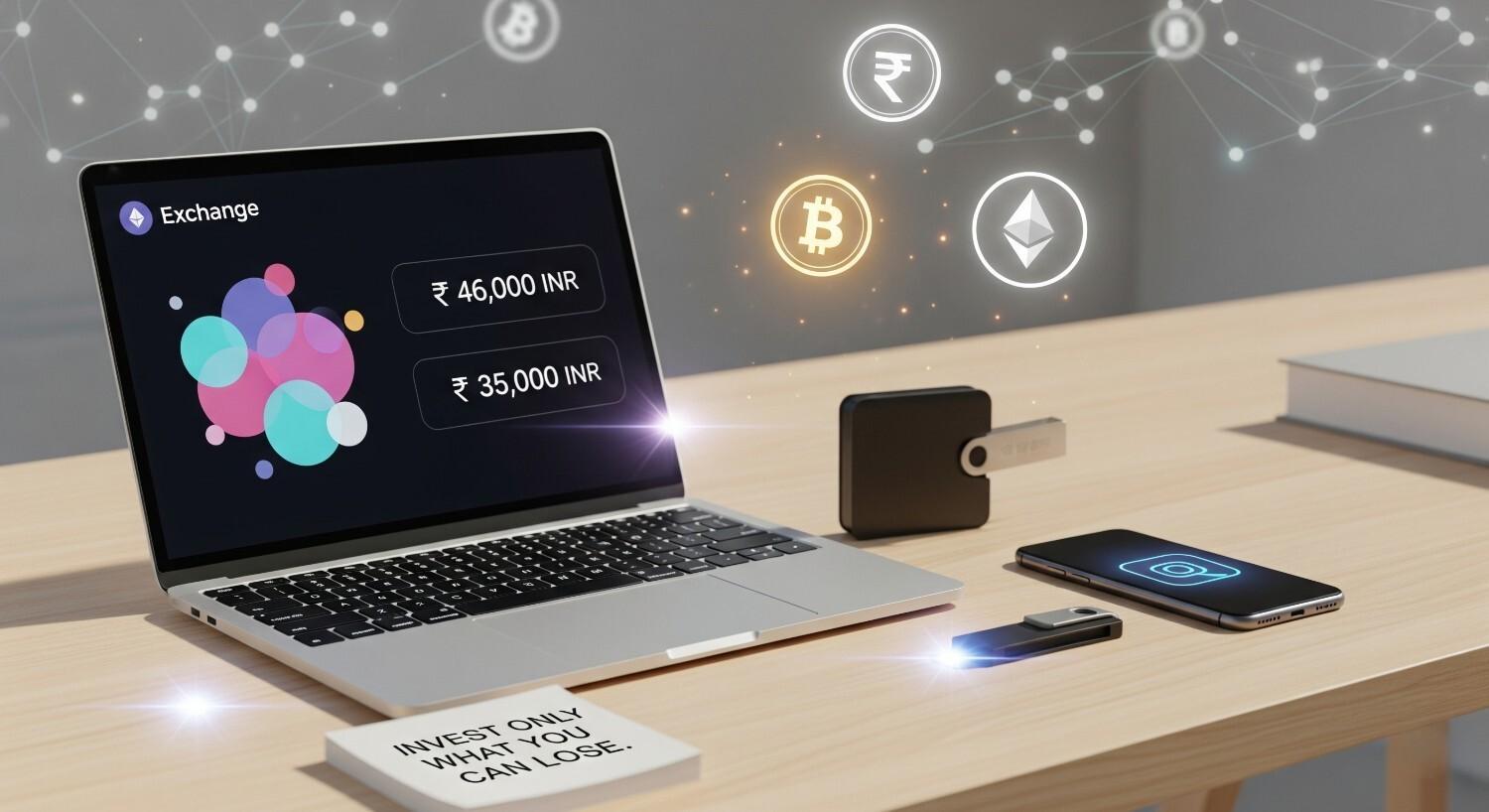
When you buy crypto on an exchange, the exchange holds the keys to your coins. This is risky (remember the FTX collapse?). The oldest saying in crypto is: “Not your keys, not your crypto.”
A crypto wallet is where you hold your own keys. It’s not a physical pouch for digital coins; it’s more like a super-secure keychain that gives you access to your funds on the blockchain.
- Hot Wallets: Apps on your phone or computer (like Trust Wallet or MetaMask). Convenient for small amounts, like the cash in your physical wallet.
- Cold Wallets (Hardware Wallets): Physical devices (like a Ledger or Trezor) that store your keys offline. This is the ultimate security. For any significant amount of crypto, this is non-negotiable. It’s your personal vault.
You’ve got your exchange account. You’ve deposited some rupees. Now what?
- Breathe. You don’t need to buy a whole Bitcoin. You can buy a fraction. Start small.
- Dollar-Cost Averaging (DCA) is your best friend. This is the cheat code for beginners. Instead of trying to guess the perfect moment to invest all your money (you’ll get it wrong, trust me), just invest a fixed amount regularly. Set up a monthly buy of ₹2,000 or ₹5,000 worth of Bitcoin or Ethereum. This averages out your purchase price over time and takes all the emotion and stress out of it. It’s boring, and it works.
Building a Portfolio That Doesn't Keep You Up at Night
You don’t need to find the next obscure coin that will 100x. A simple, sensible strategy will serve you far better.
Think of it like building a balanced diet:
- The Meat & Potatoes (The Foundation – ~60%): This is your core. The reliable, less-risky (in crypto terms!) stuff. This is Bitcoin (BTC) and Ethereum (ETH). They’ve stood the test of time.
- The Veggies (Established Altcoins – ~30%): These are projects with real teams, real technology, and real use. They’ve been around a few years and have a solid community. Think major Layer 1 blockchains like Solana (SOL) or Cardano (ADA), or big DeFi projects.
- The Spice (The Speculative Bet – ~10%): This is your “what if?” money. This is for the exciting AI tokens, DePIN projects, or anything else that catches your eye. This is the part you’re most likely to lose, so keep it small and fun. This is for learning and exploring.
This is just a framework. Adjust it based on how you feel. If the thought of 10% in speculative bets gives you anxiety, make it 5%. This is your plan.
A Quick Word on the Scary Stuff (Because It's Real)
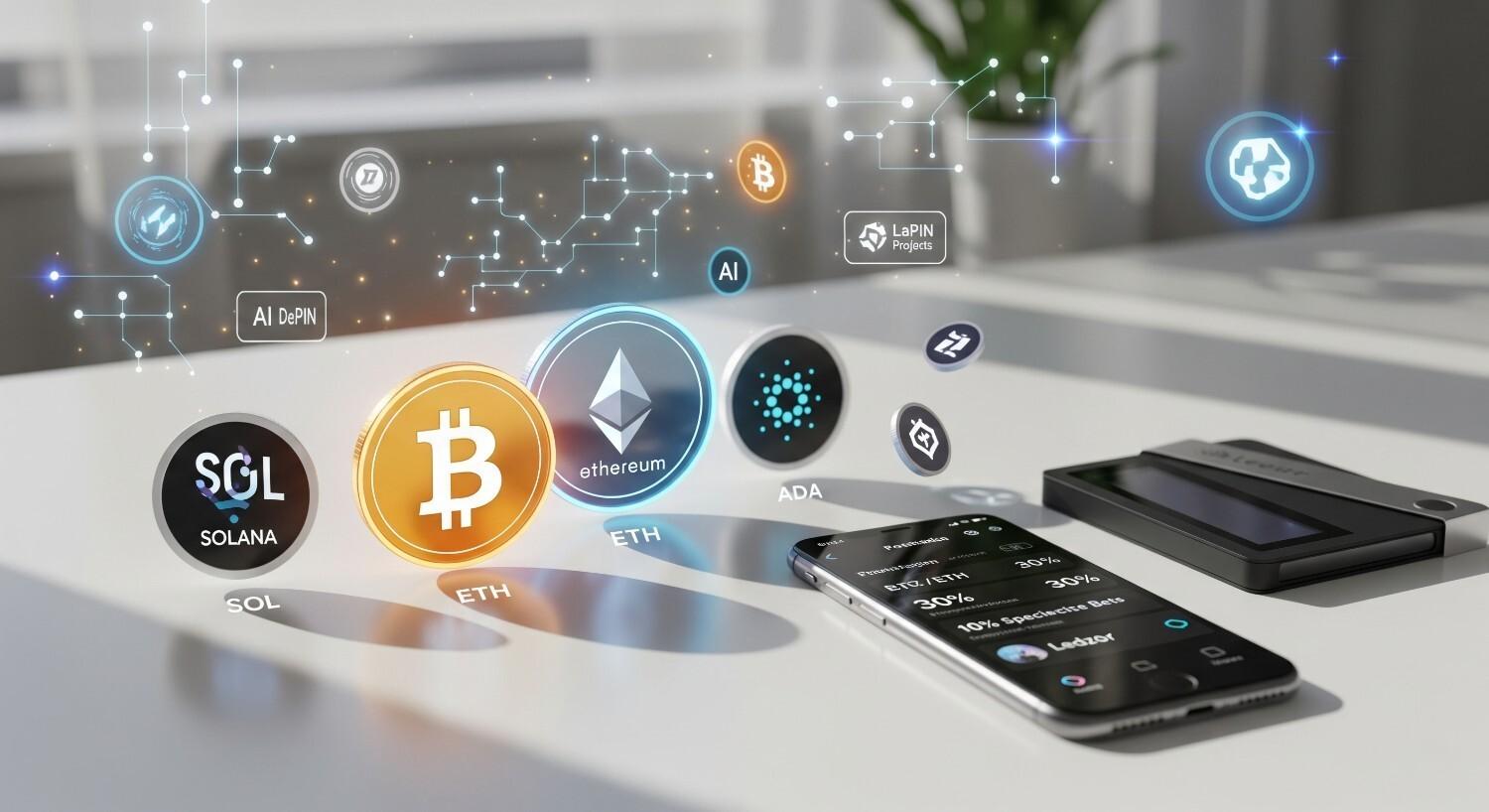
The crypto space, for all its promise, has sharks. Here’s how to avoid getting bitten:
- Anyone DMing you with a “guaranteed investment opportunity” is a scammer. Block them.
- If it sounds too good to be true, it is. A project promising you 2% daily returns is a Ponzi scheme. Run.
- Never, ever share your wallet’s secret recovery phrase (the 12 or 24 words) with anyone. Ever. A legitimate company will never ask for it.
- Double-check EVERY website URL. Scammers create fake sites that look identical to real ones to steal your login info (this is called “phishing”).
Your common sense is your best defence here. If something feels off, it probably is.
The Most Important Part: Your Mindset
The crypto market is a rollercoaster. It will test your emotions. The key to survival isn’t a secret trading strategy; it’s psychology.
- HODL: The meme is real. “Hodling” (a misspelling of “hold”) means having the conviction to hold through the terrifying dips. The people who made life-changing money in crypto are mostly those who bought good projects and then… did nothing for years.
- Turn off the noise. You don’t need to watch charts all day. The influencers screaming “BUY NOW” or “SELL EVERYTHING” are usually just trying to pump their own bags. Set your DCA, secure your coins in a wallet, and go live your life. Check in quarterly, not hourly.
Embrace being a beginner. You don’t need to know everything. Learn one new thing a week. What’s staking? What is an NFT actually? Take it slow.
Wrapping Up: You've Got This
Starting your crypto journey in 2025 is exciting. You’re getting in as the technology is proving its worth, and the rules are being written to protect you.
It’s not a sprint; it’s a marathon. It’s about consistent learning and disciplined investing. Start with the basics. Prioritize security over everything else. Don’t invest more than you can afford to lose.
Welcome to the frontier. It’s chaotic, confusing, and incredibly fascinating. Take a deep breath, start small, and learn as you go.
Disclaimer: I am not a financial advisor. This is not financial advice. This article is for educational and entertainment purposes only. Please, please do your own research before investing in anything. Crypto is a high-risk asset class, and you can lose all of your money.



